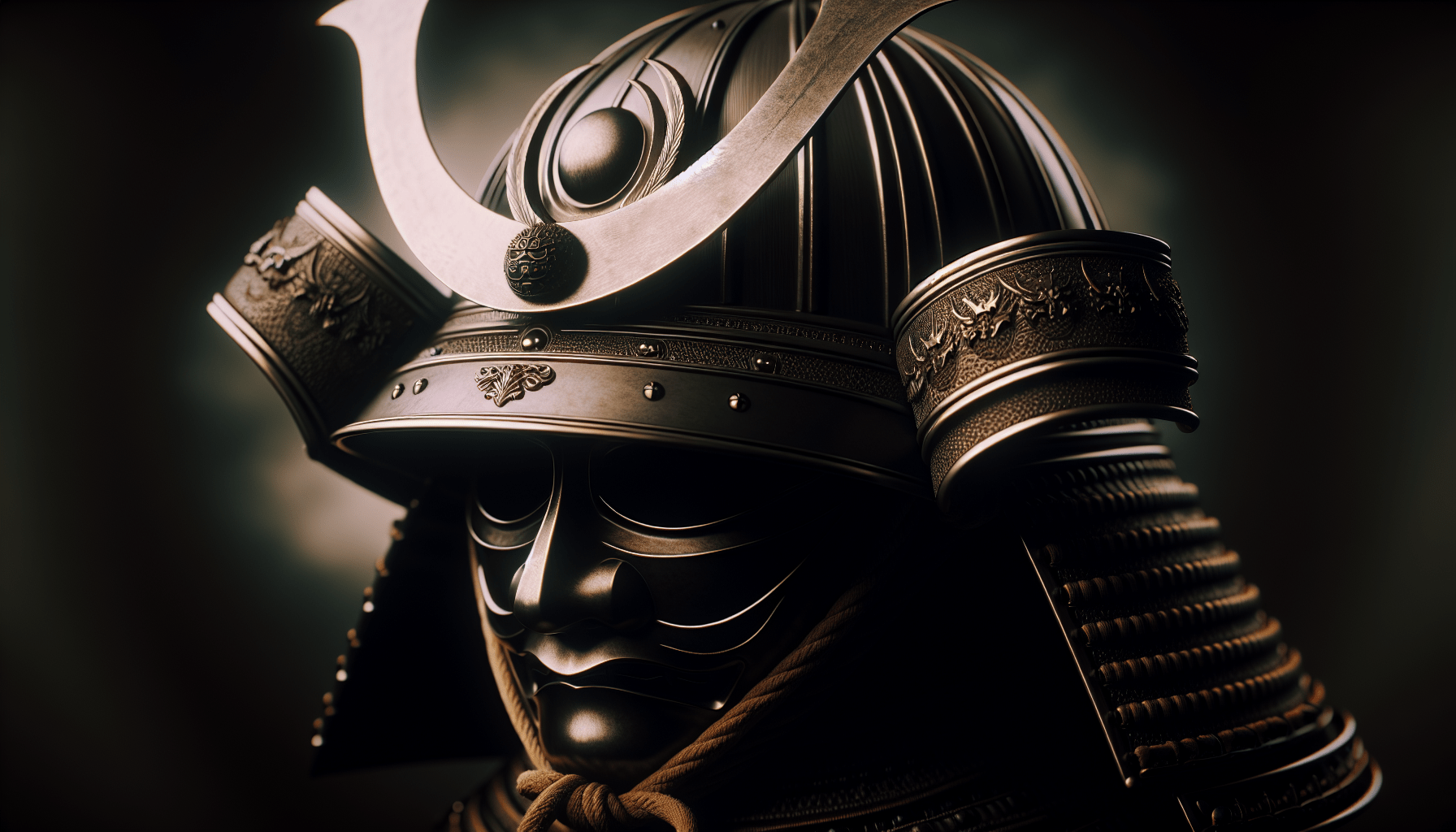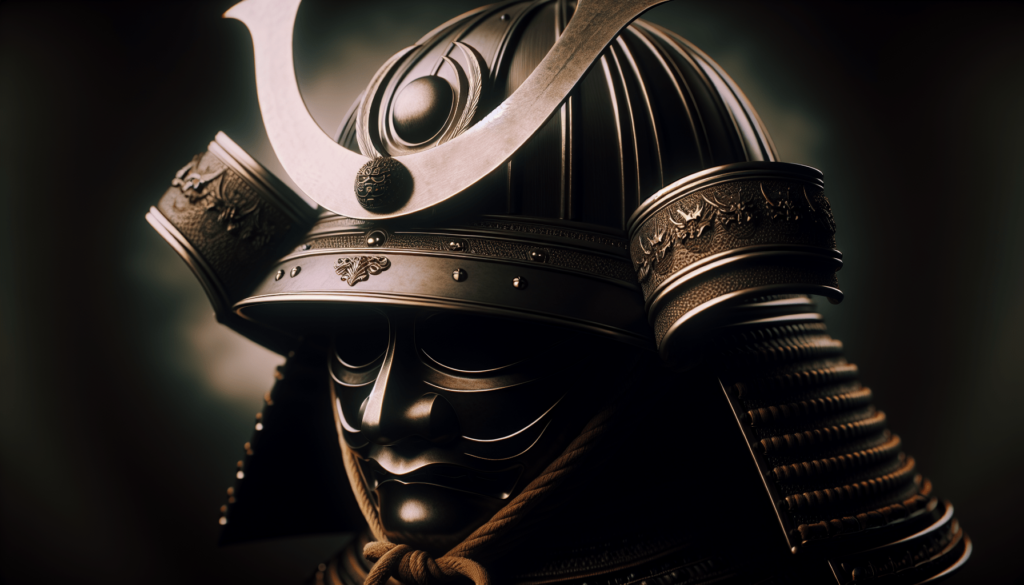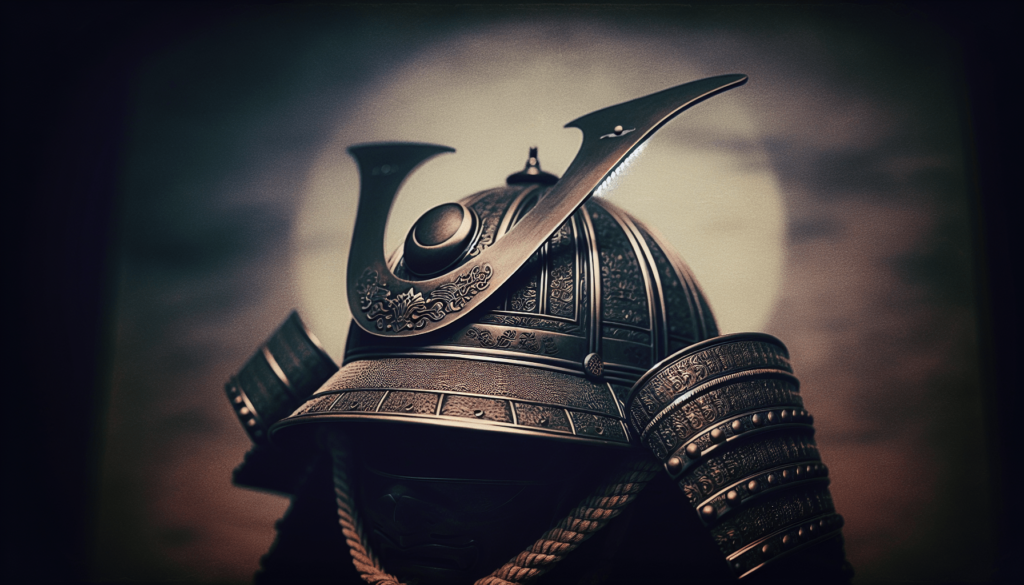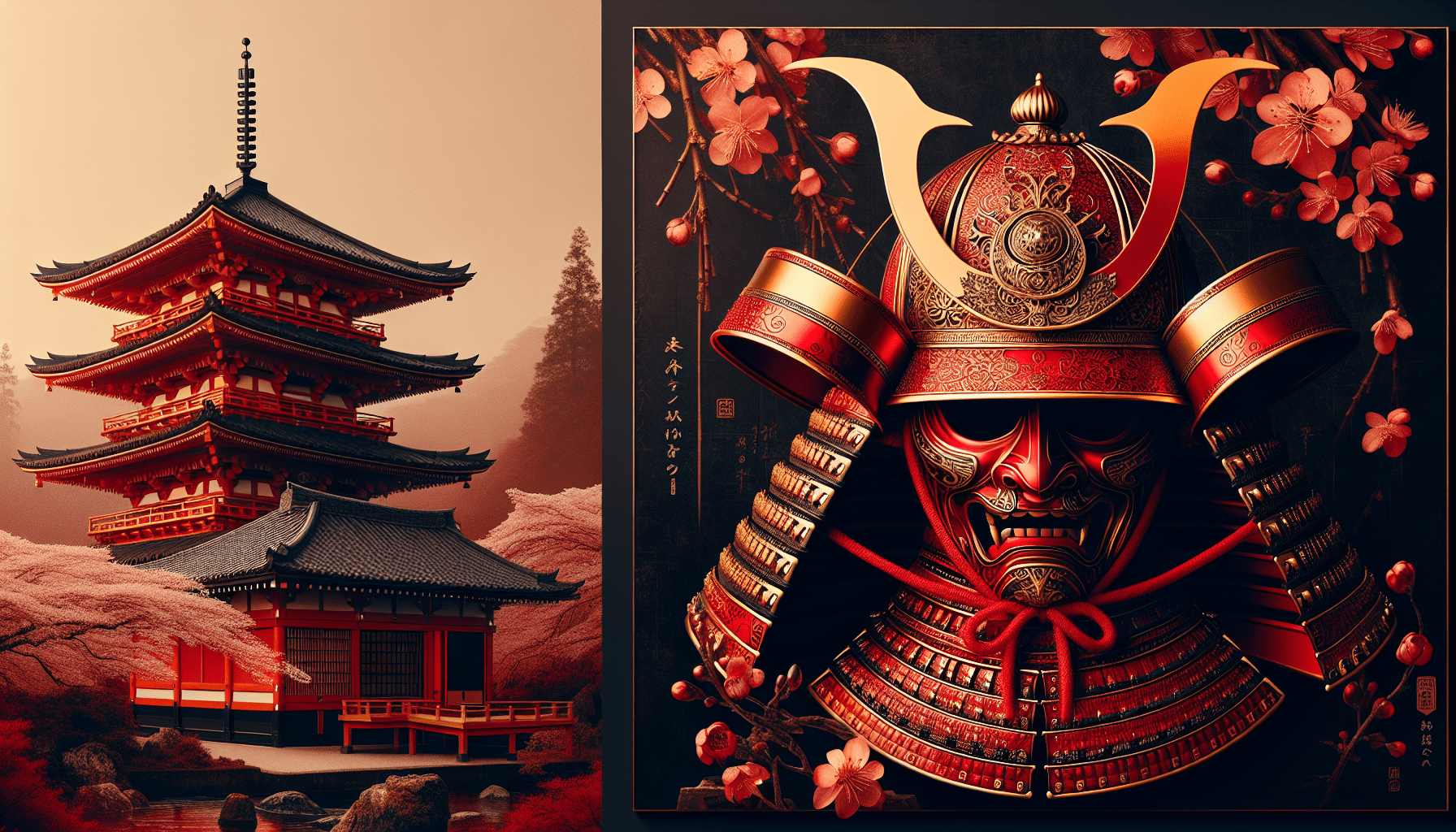
What if you could peer into the artistry and significance behind a warrior’s helmet, a piece that carried both protection and tradition? In the realm of samurai culture, the half moon on the samurai helmet isn’t just a decorative feature; it’s a symbol steeped in history and meaning.
Understanding the Samurai Helmet
When you think about samurai, what’s the first thing that comes to mind? Perhaps it’s the image of these noble warriors in elegant armor, ready to battle. The samurai helmet, known as “kabuto,” is a fascinating piece that protects the head while also showcasing the identity and status of the wearer.
From materials to design, each aspect of the kabuto informs us about the individual samurai’s lineage and achievements. The kabuto has varied designs, but the half moon adds a distinctive flair, making it not just functional but also symbolic.
The Origin of the Kabuto
The kabuto has a rich historical background, evolving through centuries of Japanese warfare. Historically made from iron or steel, the helmet has been adorned with elaborate decorations. Its design has often reflected the personal preferences and battles of the samurai.
The early kabuto can be traced back to the 5th century, influenced by other Asian cultures. Over time, different factions and clans began to develop unique styles, leading to the distinctive half moon design that many recognize today.
The Significance of the Half Moon
Symbol of Identity
The half moon on a samurai helmet is not merely a stylistic choice; it symbolizes various elements of the samurai’s identity. This emblem often represents the clan to which the samurai belongs. Each clan had its own insignia, and the half moon could signify loyalty to a family or a larger structure of power.
Spiritual and Cultural Connotations
In many cultures, the moon carries spiritual significance. Applying this to the samurai’s world, the half moon often symbolizes reflection and enlightenment. The moon cycles could resonate with the philosophical aspects of samurai life—wisdom, strategy, and the notion of impermanence.
The Aesthetic Appeal
Beautifully crafted, the half moon adds an artistic detail to the kabuto. Samurai culture placed a strong emphasis on aesthetics; therefore, every detail mattered. The elegance of the half moon not only contributes to the identity of the helmet but also highlights the craftsmanship involved in its creation.

The Craftsmanship Behind the Kabuto
Material Choices
Samurai helmets, including those featuring the half moon, were often made from materials that offered a balance between durability and weight.
| Material | Purpose |
|---|---|
| Iron | Main material for protective strength. |
| Leather | Used for flexibility and comfort. |
| Silk | Often used for decorative purposes. |
The attention to detail in these materials reflects the care taken by artisans. The crafting of a kabuto was an intricate process that could take months, showcasing the skills passed down through generations.
Styles of Kabuto
The styles of kabuto vary widely, but many include the half moon motif. Here are a few popular styles:
| Style | Description |
|---|---|
| Gotō style | Features a pronounced half moon, symbolizing nobility. |
| Suji bachi | Narrow, angular design with protective ridges. |
| Mune-ori | Distinguished by raised ridges running along the crown. |
Each of these styles can house a half moon emblem, often custom-tailored to express clan allegiances or personal aesthetics.
Historical Examples
The Date Clan
Among prominent clans, the Date Clan is well-known for its distinctive half moon design. This clan, active from the 16th century, used the half moon symbol to honor their heritage and express their martial prowess. The half moon was more than just an artistic choice; it was a declaration of their standing in the tumultuous world of feudal Japan.
The Takeda Clan
Similarly, the Takeda Clan has utilized the half moon insignia in their kabuto designs. This emblem not only reflected their identity but also served as a psychological tool, striking fear and reverence in their opponents. The symbolism behind the helmet would set the stage even before the clash of swords began.

The Role of the Kabuto in Samurai Life
Symbol of Status
In samurai society, the helmet was a clear indicator of rank. The level of adornment—often including the half moon—could determine a warrior’s reputation and standing. This aspect meant that the kabuto was much more than protection; it was part of the samurai’s identity and social structure.
Influence on Modern Culture
The legacy of the samurai and their helmets continues to influence modern culture. Movies, video games, and literature frequently reference these iconic helmets, showcasing the imagery and symbolism associated with the half moon.
Conclusion
The half moon on a samurai helmet is a profound emblem representing identity, belief, and artistry. Understanding this symbol allows you to appreciate the intricate layers of meaning behind one of Japan’s most iconic warrior traditions. It is a reminder that every piece of armor has a story to tell, encompassing resplendent artistry and rich heritage.
By recognizing the significance of the half moon, you open a window into a world where every battle fought was layered with meaning, a narrative bound by honor, family, and the pursuit of wisdom. The legacy of the samurai lives on, not just through their combat skills but through the stories encapsulated in their armor.
The next time you see a kabuto adorned with a half moon, consider what it symbolizes—a rich tapestry woven with history, artistry, and culture.




